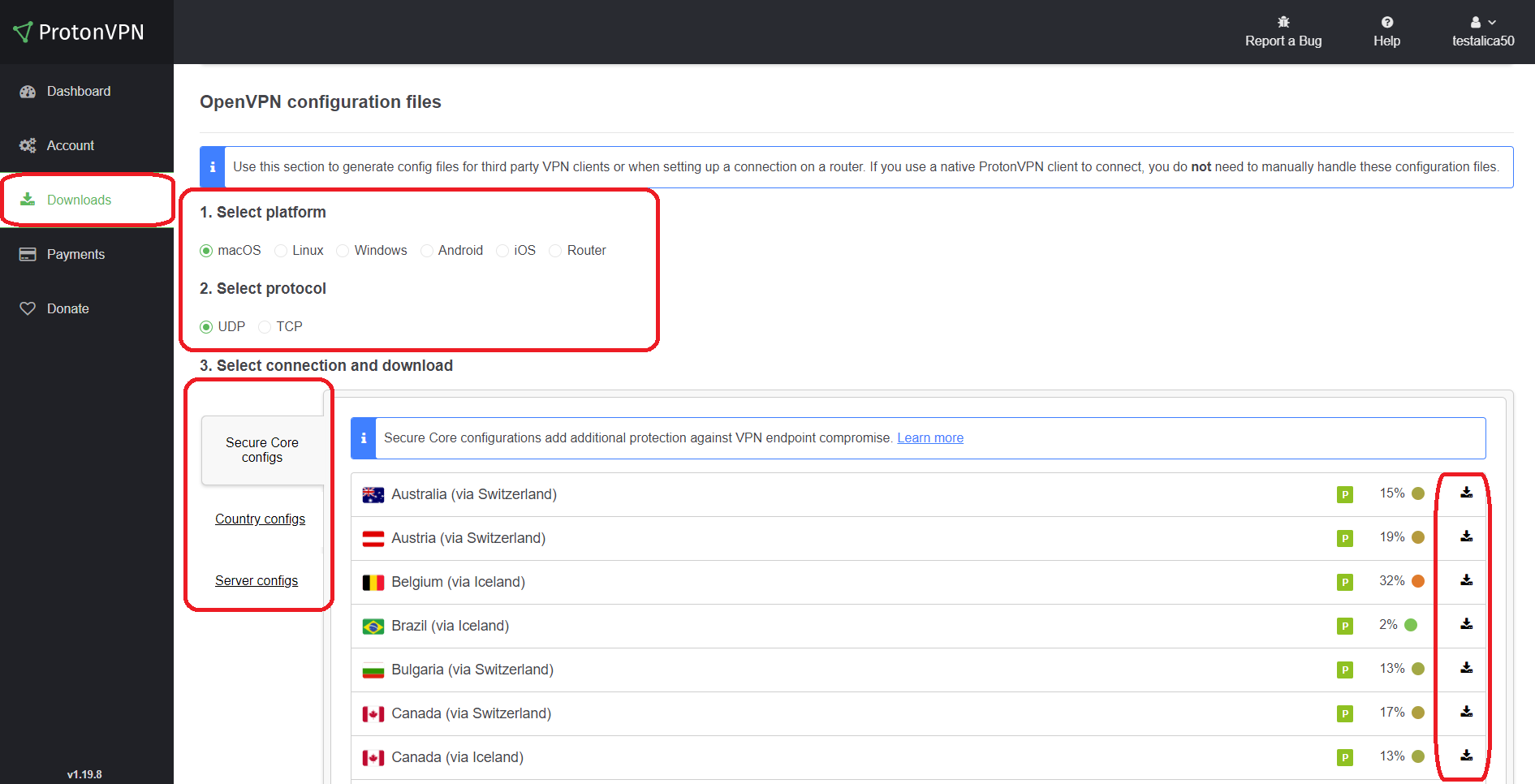
If you are using Windows, each OpenVPN configuration taneeds to have its own TAP-Windows adapter. Use a different port number for each instance (the UDP and TCP protocols use different port spaces so you can run one daemon listening on UDP-1194 and another on TCP-1194). If you want to run multiple OpenVPN instances on the same machine, each using a different configuration file, it is possible if you: If you are using Linux, BSD, or a Unix-like OS, you can improve security by uncommenting out the user nobody and group nobody directives. By default, clients will only be able to reach the server. Uncomment out the client-to-client directive if you would like connecting clients to be able to reach each other over the VPN. Remember that this virtual IP address range should be a private range which is currently unused on your network. If you want to use a virtual IP address range other than 10.8.0.0/24, you should modify the serverdirective. If you want your OpenVPN server to listen on a TCP port instead of a UDP port, use proto tcpinstead of proto udp (If you want OpenVPN to listen on both a UDP and TCP port, you must run two separate OpenVPN instances). If you are using Ethernet bridging, you must use server-bridge and dev tap instead of server and dev tun. It will create a VPN using a virtual TUN network interface (for routing), will listen for client connections on UDP port 1194 (OpenVPN's official port number), and distribute virtual addresses to connecting clients from the 10.8.0.0/24 subnet.īefore you use the sample configuration file, you should first edit the ca, cert, key, and dh parameters to point to the files you generated in the PKI section above.Īt this point, the server configuration file is usable, however you still might want to customize it further: The sample server configuration file is an ideal starting point for an OpenVPN server configuration. 
#AVENTAIL VPN CLIENT CONFIGURATION FILE WINDOWS#
On Windows they are named server.ovpn and client.ovpn. Note that on Linux, BSD, or unix-like OSes, the sample configuration files are named nf and nf. Start Menu -> All Programs -> OpenVPN -> OpenVPN Sample Configuration Files on Windows.


the sample-config-files directory in /usr/share/doc/packages/openvpn or /usr/share/doc/openvpn if you installed from an RPM or DEB package.the sample-config-files directory of the OpenVPN source distribution.It's best to use the OpenVPN sample configuration files as a starting point for your own configuration. Creating configuration files for server and clientsĬreating configuration files for server and clients Getting the sample config files.







 0 kommentar(er)
0 kommentar(er)
